THESIS WORK features the work emerging from the newly restructured Waterloo Masters of Architecture program which began in the fall term with Thesis Research and Design studios and seminars. The featured work has been selected by the TR+D1 faculty team of Lola Sheppard, Mona El Khafif and Matthew Spremulli.
Over the course of the TR+D1 studio, graduate students developed their individual research topics in preparation for a thesis in architecture. The intention is to establish a theoretical, historical and intellectual framework through a diversity of representational modes; mapping, diagramming, photo essays, writing, which will serve as the foundation for a graduate thesis to be pursued over forthcoming academic terms.
States of Dependency
TR+D1 Studio – State of Imbalance: Architecture’s New Territories led by Lola Sheppard
Abstract by Kyle Brill
States of Dependency attempts to reveal the processes and flows of power and their inherent spatial manifestations. More specifically, it is concerned with understanding the spaces of transition, or transfer, within larger systems as being sites of critical importance for the maintenance of societal control. These sites are commonplace in conditions of geopolitical complexity and military tension, where a proliferation of borders and their crossings, become points of palpable contention. The thesis sites itself within one such condition, at the heart of the Israeli – Palestinian conflict, around the Old City of Jerusalem. The work attempts to reimagine the civic and social role of the Old City as a space of cultural cohesion and collision. Building on these ideas of borders, crossings and their societal implications, the work is concerned with architecture’s role in the formation and support of a certain political and social ‘apparatus’ which enforces such conditions. Moreover, the project essentially becomes the design of a counter-apparatus to those which have supported the processes of urban and cultural division and fragmentation within Jerusalem.
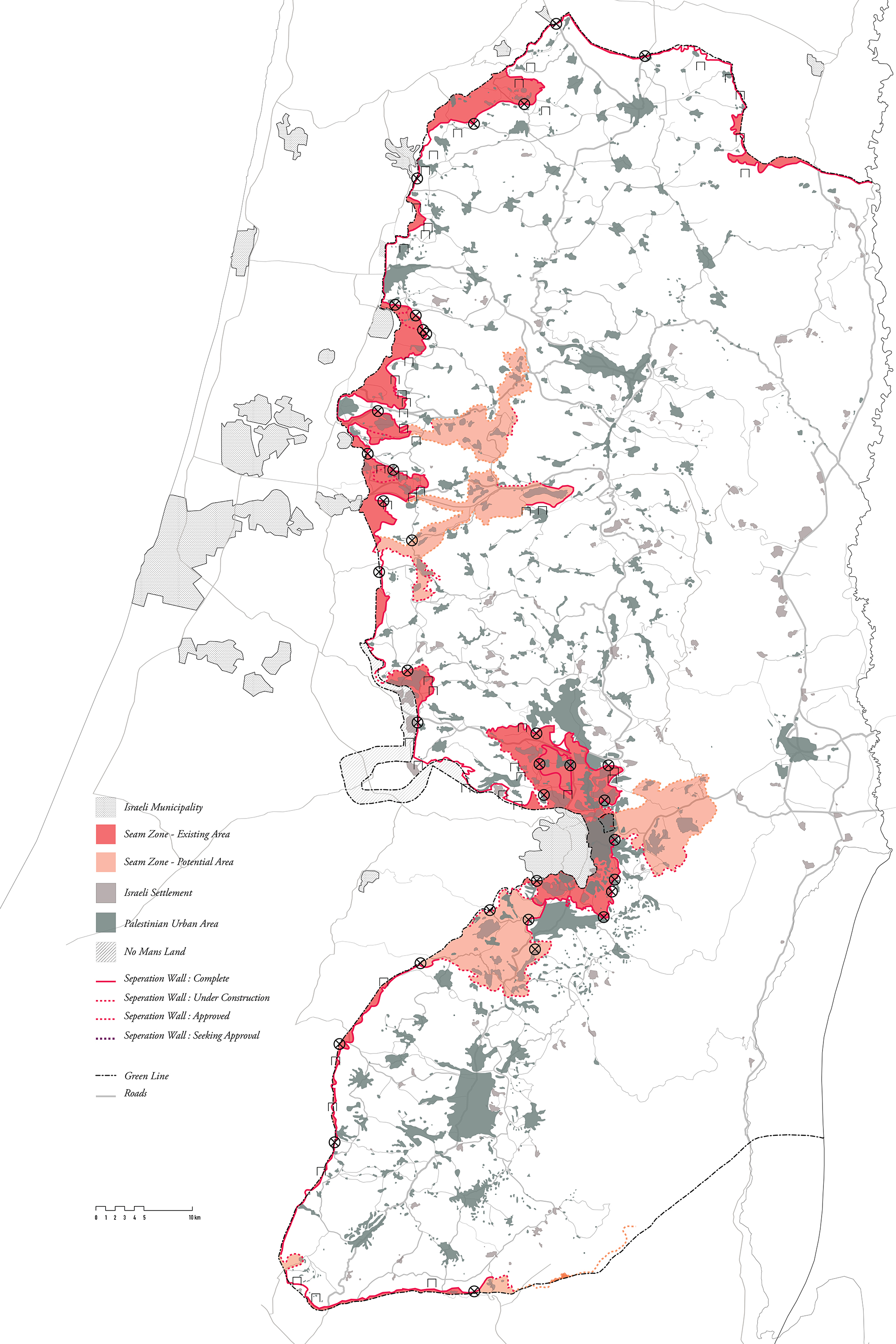
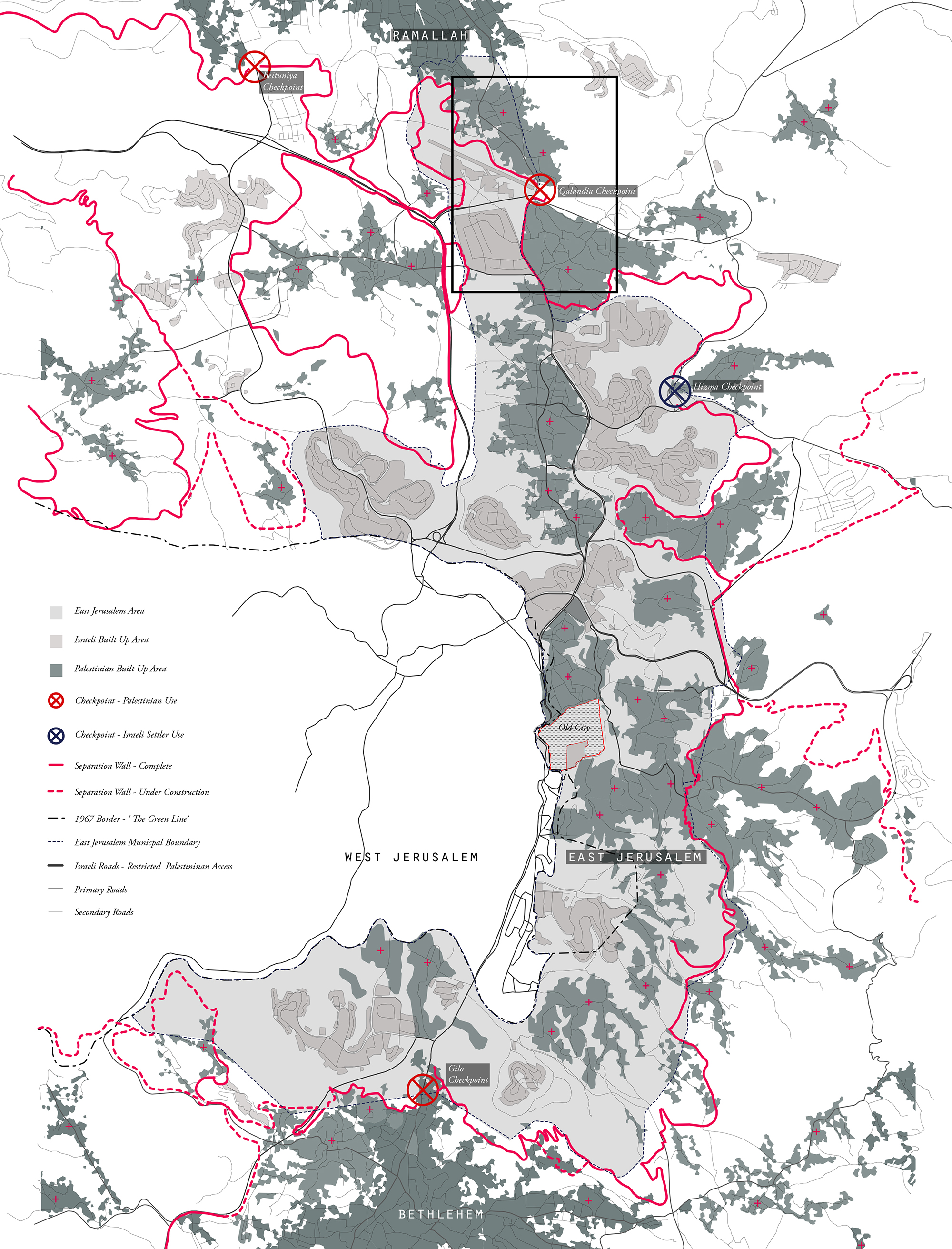
Project Description
The development of this idea, and an analysis of these conditions, has led is to the design of a new civic zone around the Old City of Jerusalem. This zone would serve as a space of political commons for both Palestinians and Israelis. The nature of the programmatic arrangement that would form this space is still being tested at this time. However the broader ideas behind the design deal with the concept of ‘dismantling’ the image of Jerusalem, as being a city designed for one portion of its demographic and social make up, and reimagining the civic role of the Old City to accomplish this. The design speculates on the limits of architecture in the provision of a system that attempts to bridge social divisions and become a space of political criticism. This extreme example allows the work to ask: What if borders, and their crossings, can become sites of the political commons, turning what was once deterritorialized into territory in itself: creating visibility out of the invisible.
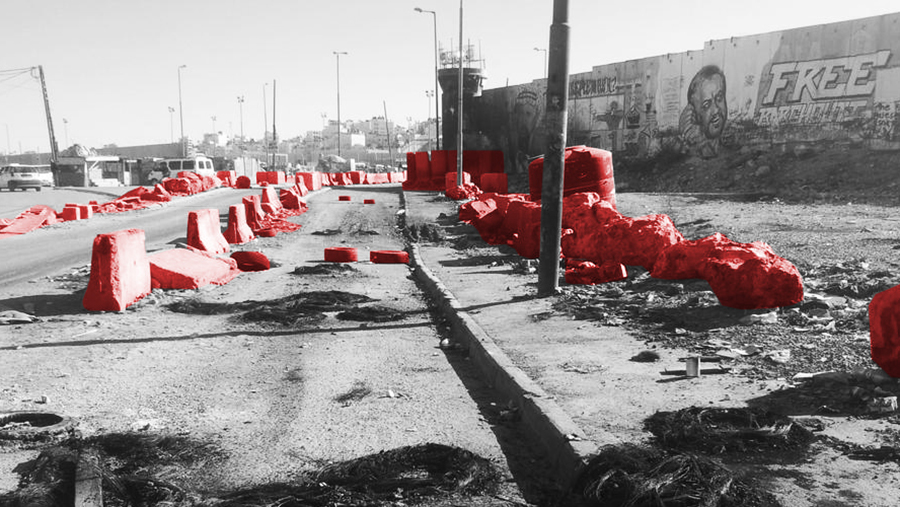
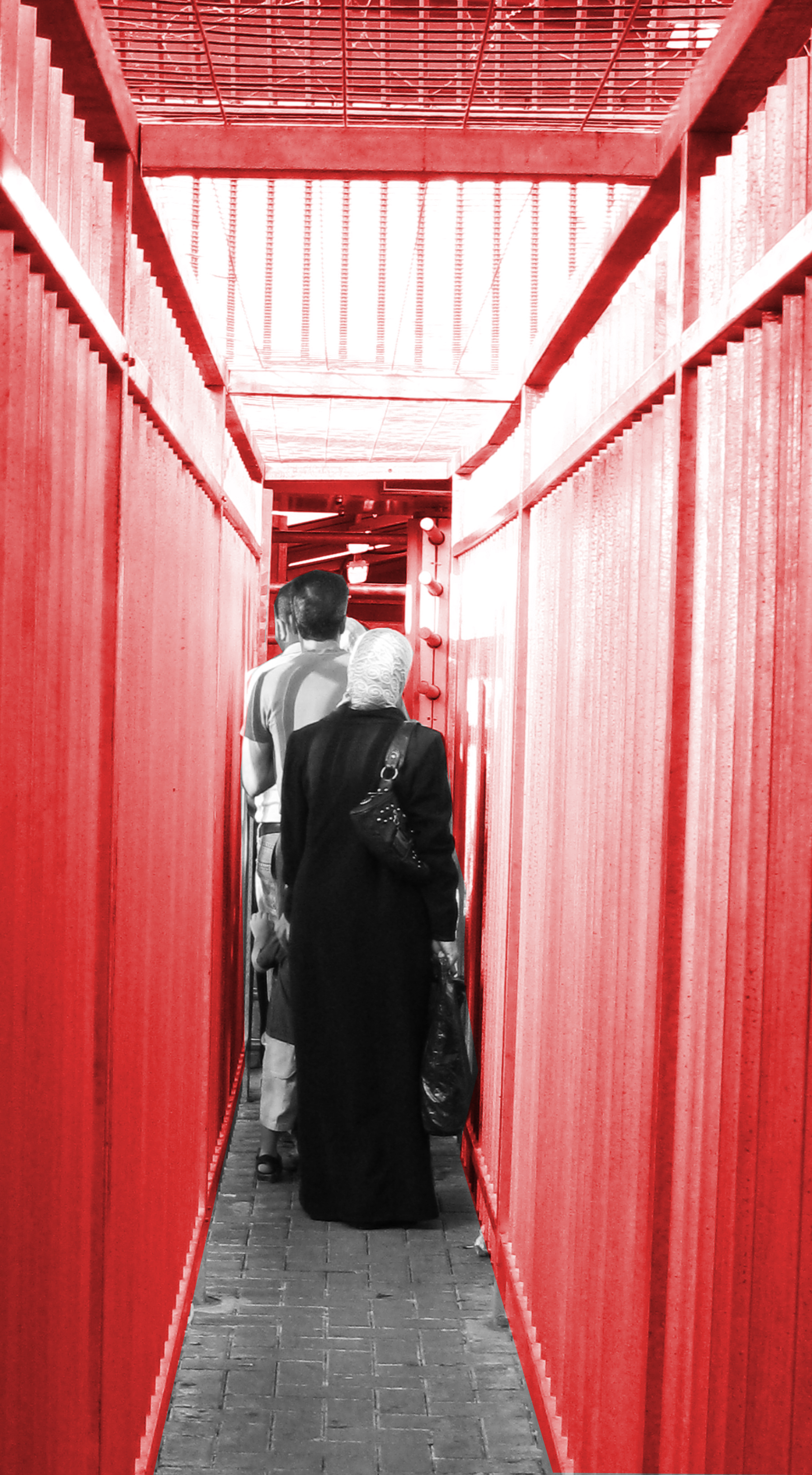
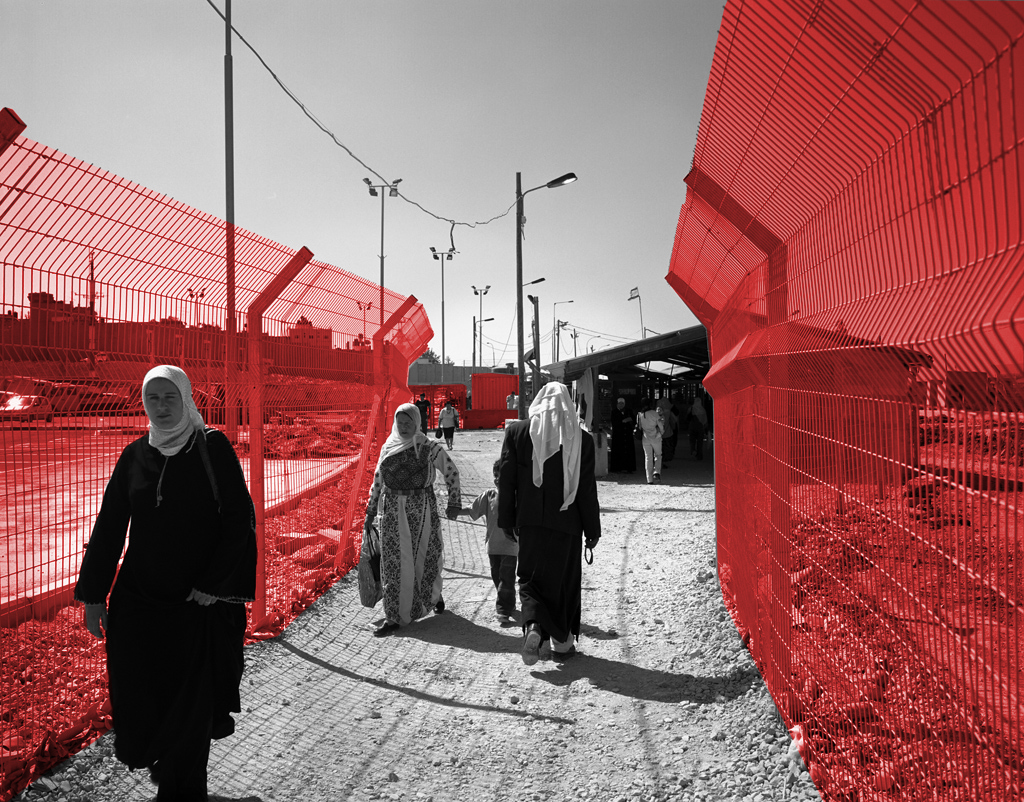
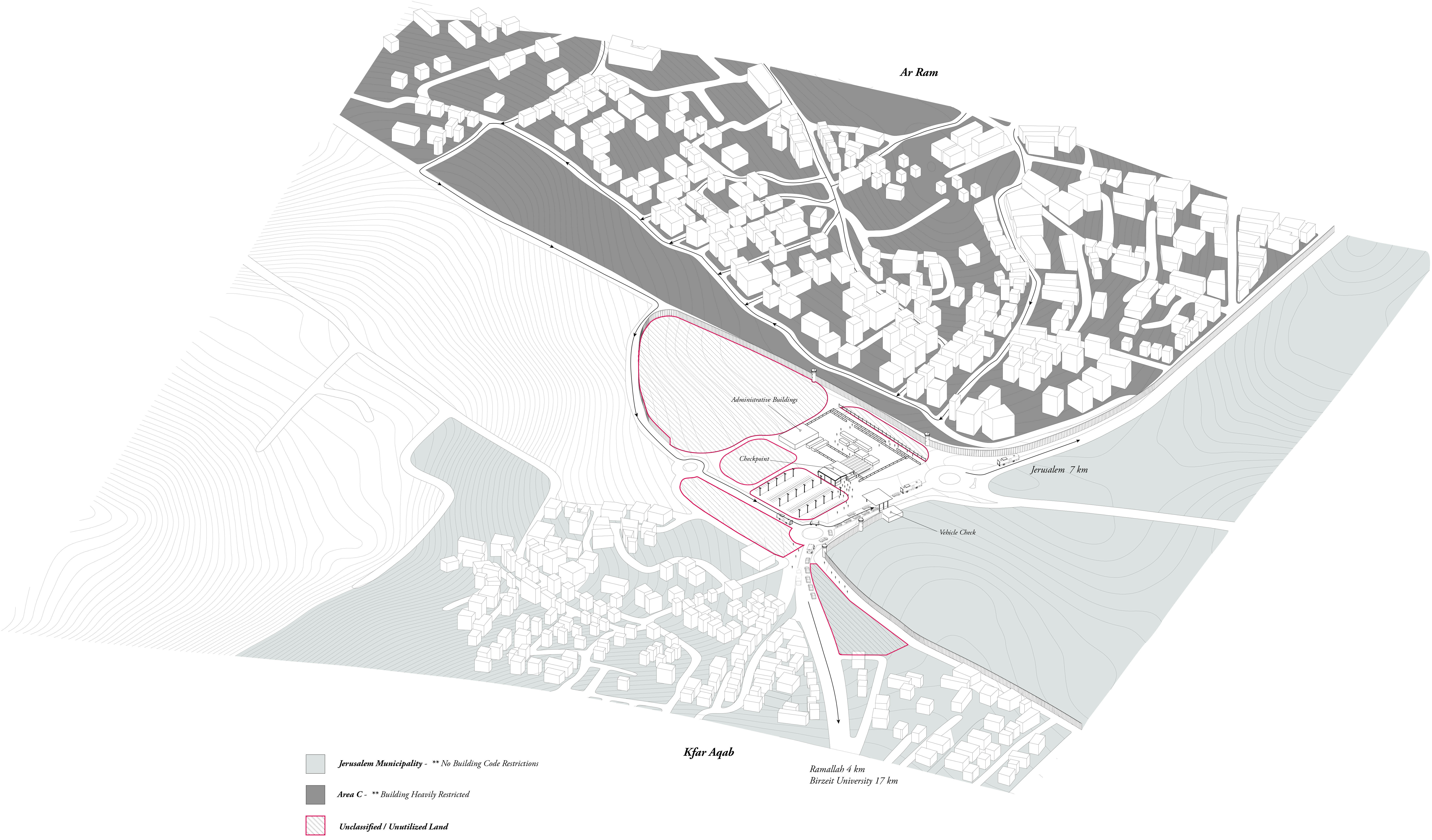
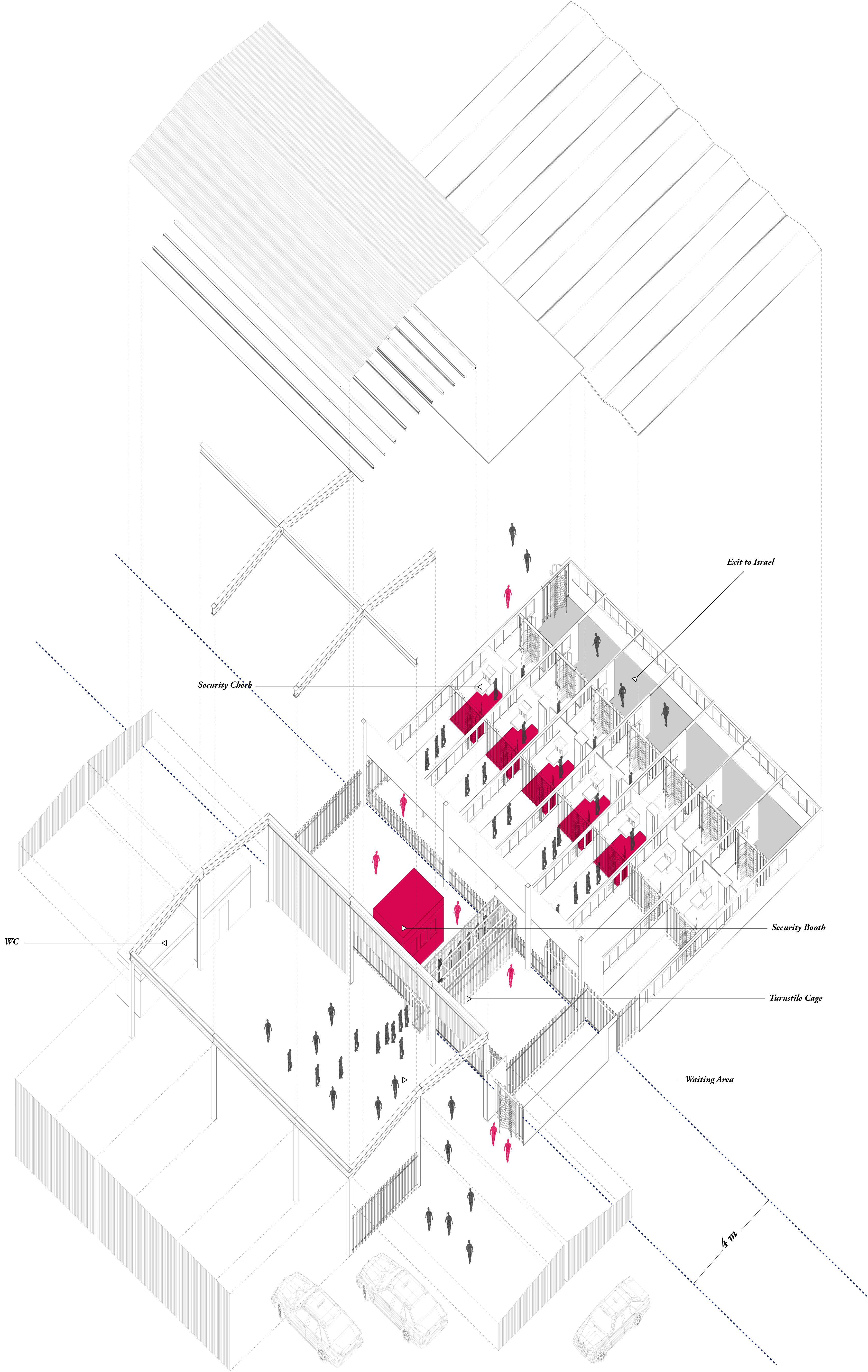


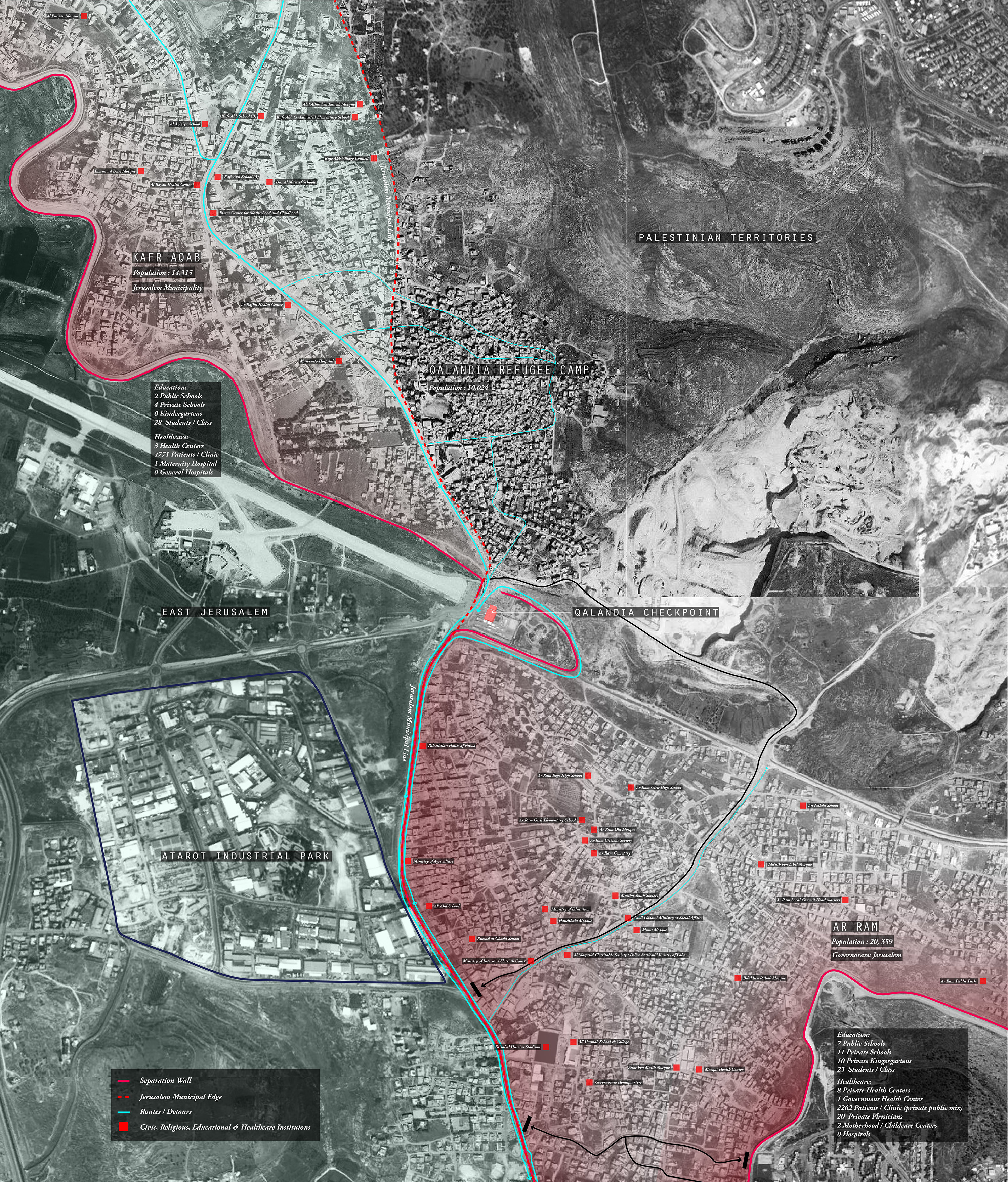
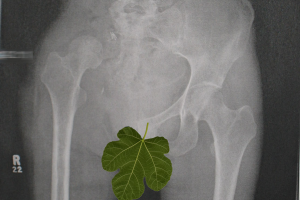
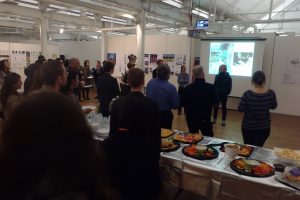
1 Comment
Leave your reply.